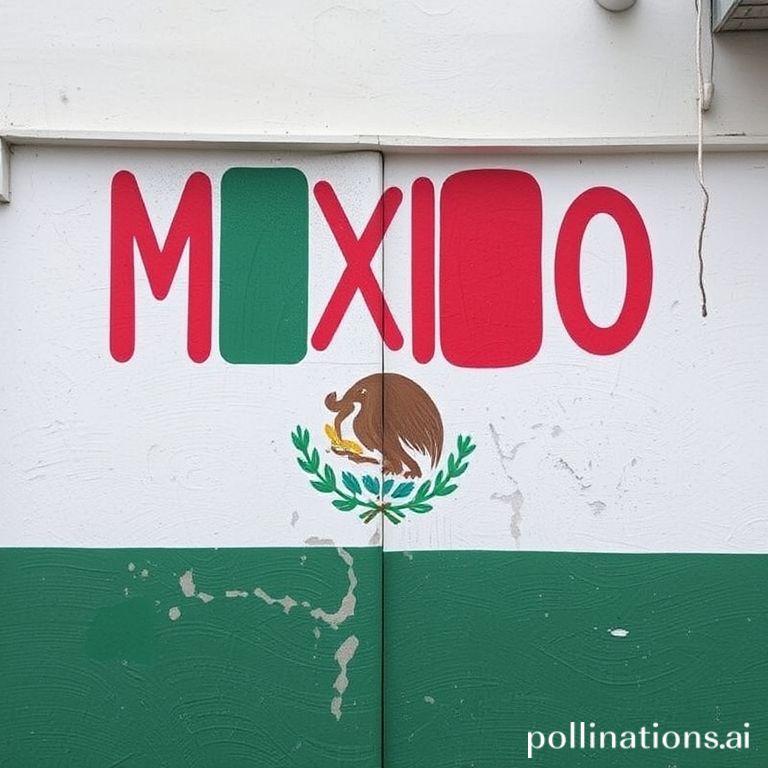Mexico is a vibrant country brimming with rich culture, stunning landscapes, and, of course, a unique language. While Spanish is the official language, the everyday conversations are often peppered with slang that can leave even fluent speakers scratching their heads. Understanding local slang is key to truly connecting with the Mexican people and experiencing the country’s authentic charm. This guide will help you navigate the colorful world of Mexican slang, ensuring you don’t just visit Mexico, but truly understand it.
Learning a few key phrases can transform your interactions from transactional to truly engaging. Imagine ordering tacos and being able to compliment the taquero with a well-placed “¡Qué chido!” or understanding a joke shared between friends. It’s these small linguistic nuances that unlock a deeper appreciation for Mexican culture and build stronger connections.
Essential Mexican Slang Words & Phrases
Mexican slang is as diverse as the country itself, with regional variations adding even more flavor. However, some phrases are widely understood and used throughout Mexico. Here’s a breakdown of some essential slang terms to get you started:
Common Greetings and Expressions
- ¿Qué onda?: Literally “What wave?”, this is a casual way of saying “What’s up?” or “How’s it going?”.
- ¿Qué pedo?: A more informal and sometimes slightly vulgar version of “¿Qué onda?”. Use with caution!
- Órale: This versatile word can mean “Okay,” “Alright,” “Let’s go,” or even “Wow!”. Its meaning depends on the context.
- ¡Chido!: Means “Cool,” “Awesome,” or “Great!”.
- ¡No manches!: An expression of disbelief, similar to “No way!” or “You’re kidding!”.
Describing People and Things
- Güey/Weý: This literally means “ox,” but it’s used like “dude” or “mate.” It’s very common among younger people.
- Chavo/Chava: Means “guy” or “girl,” especially used for young people.
- Hueva: Means “laziness” or “sloth.” You might say “Tengo hueva” to express that you’re feeling lazy.
- Naco/Naca: Used to describe someone who is considered unsophisticated or lacking in taste. Be careful when using this, as it can be offensive.
- Fresa: The opposite of “naco,” used to describe someone who is preppy or snobby.
Everyday Situations
- Lana: Means “wool,” but it’s used as slang for “money.”
- Jalar: Means “to pull,” but it’s used as slang for “to work.”
- Cruda: Means “hangover.” “Tengo cruda” means “I have a hangover.”
- Cámara: Means “camera,” but it’s also used to say “Okay” or “See you later.”
- ¡Aguas!: Means “Waters!” but it’s used as a warning, like “Watch out!” or “Be careful!”.
Regional Variations in Mexican Slang
Just like accents vary across different regions of Mexico, so does the slang. What’s common in Mexico City might be unheard of in Monterrey. Here are a few examples of regional slang:
Northern Mexico
In Northern Mexico, you might hear phrases like “Ahorita,” which doesn’t mean “right now,” but rather “later.” The meaning can vary widely depending on the context and the speaker’s intention, often implying a less urgent timeframe than the literal translation suggests. Another common expression is “Arre,” meaning “Okay” or “Let’s go.”
Central Mexico
Mexico City, the heart of the country, boasts a rich tapestry of slang. “Chilango” is a term used to refer to someone from Mexico City, often with a mix of affection and playful teasing. You’ll also hear “Metiche” used to describe someone who is nosy or interferes in other people’s business.
Yucatán Peninsula
The Yucatán Peninsula has its own unique Mayan influences, which also affect the slang used. For example, “Huach” is a term derived from Mayan that roughly translates to “country bumpkin.”
Tips for Using Mexican Slang
While learning slang can be fun and rewarding, it’s important to use it appropriately. Here are a few tips to keep in mind:
- Consider your audience: Be mindful of who you’re talking to. Slang that’s appropriate with friends might not be suitable in a formal setting or with older people.
- Pay attention to context: The meaning of slang can change depending on the context. Listen carefully to how others use it before trying it yourself.
- Don’t be afraid to ask: If you’re unsure about the meaning of a slang word, don’t hesitate to ask a local. Most people will be happy to explain it to you.
- Start small: Don’t try to learn too much slang at once. Focus on a few key phrases and gradually expand your vocabulary.
- Embrace the fun: Learning slang should be an enjoyable experience. Don’t be afraid to make mistakes and laugh at yourself along the way.
Conclusion
Understanding local slang in Mexico is more than just learning new words; it’s about immersing yourself in the culture and connecting with the people on a deeper level. By incorporating a few key phrases into your conversations, you’ll not only enhance your language skills but also gain a greater appreciation for the richness and diversity of Mexican culture. So, go ahead, embrace the slang, and get ready to experience Mexico like never before!
If you enjoyed this article, don’t forget to explore more inspiring stories on Life in Mexico!
IMAGE: A vibrant street scene in Mexico City. Focus on a group of young adults laughing and talking animatedly in Spanish, with speech bubbles showcasing common Mexican slang phrases like “¿Qué onda?” and “¡Órale!”. The scene is brightly lit with the warm glow of the afternoon sun. The background includes colorful buildings, street art, and a bustling marketplace. The overall mood is cheerful, energetic, and authentic. Style: realistic with a touch of whimsical illustration in the speech bubbles.


